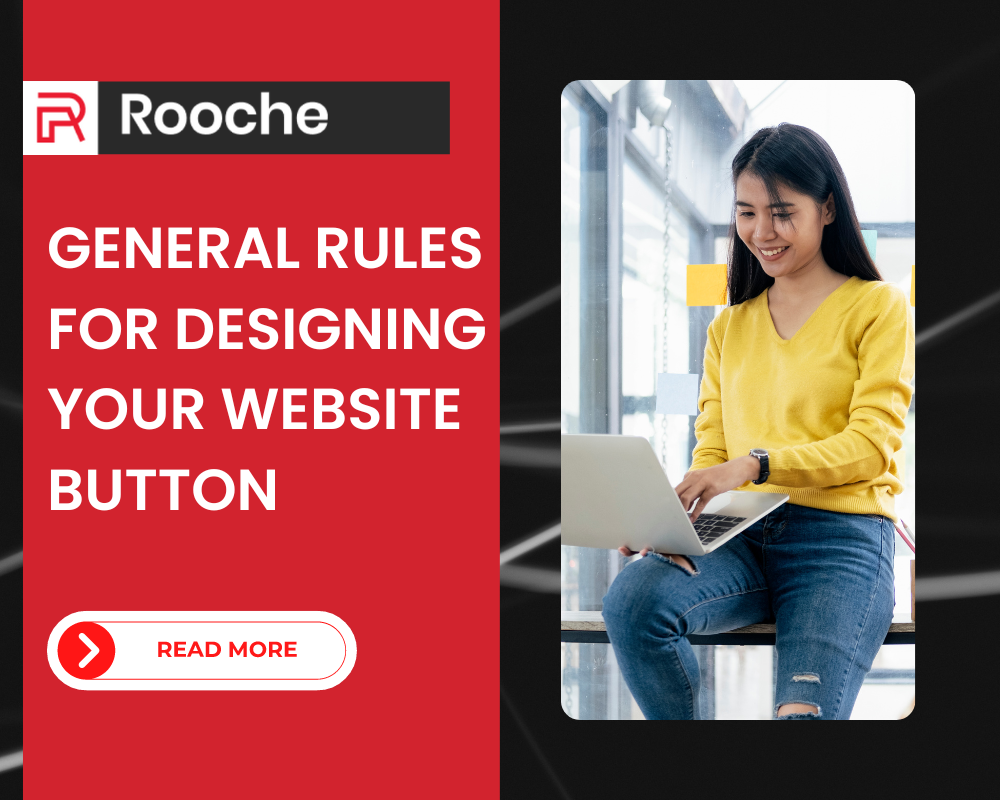The Google My Business Mobile App is no Longer Functional.
According to Google, the Google My Business mobile app is no longer available. This app allowed users to manage their […]
Dec 8, 2022
Dec 8, 2022

These days, almost every business has a website. If you’re running a business and don’t have a website, you’re missing out on potential customers. Having a website is not enough, though. You need to make sure that your website is designed well and easy to navigate.
One important part of website design is the buttons. Website buttons are what allow visitors to navigate your site and take action. For example, if you have a “Buy Now” button on your site, visitors can click that button to purchase something from you. If you have a “Contact Us” button, visitors can click that to get in touch with you.
As you can see, there are a few different types of buttons that you can use on your website. Each has its own advantages and disadvantages. It’s up to you to decide which type of button is right for your website.
Text buttons are the simplest type of button. They are just text links that have been styled to look like buttons. They don’t have any interactivity or animation, but they are easy to create and implement. The main disadvantage of text buttons is that they don’t stand out as much as other types of buttons. If you want your buttons to really stand out, you might want to go with a different option.
Image buttons are another popular option. They are images that have been styled to look like buttons. The advantage of image buttons is that they can be very eye-catching. The disadvantage is that they can be more difficult to create and implement than text buttons.
CSS buttons are a newer type of website button. They are created using CSS, rather than images or text. The advantage of CSS buttons is that they can be very versatile. You can create all sorts of different designs with CSS buttons. The disadvantage is that they require a bit more knowledge of digital web design to create and implement them properly. If you’re not confident in your web design skills, you might want to stick with a simpler option.
When designing your buttons, keep these tips in mind:
There are some general rules that you should follow when designing your website buttons:

The size of your button should be big enough to be easily seen and clicked on by visitors. If your button is too small, visitors might miss it entirely.
The color of your button should contrast with the background color of your website. For example, if your website has a light-colored background, you should use a dark-color for your button. This will make it easier for visitors to see and click on your button.
The text on your button should be short and descriptive. For example, instead of using “Click Here,” you can use “Buy Now” or “Contact Us.” This will help visitors understand what they need to do when they click on the button.
The position of your button is also important. You should place your button in a spot where it’s easy for visitors to see and reach. For example, you can put your “Buy Now” button near the top of your website so that visitors will see it when they first come to your site.
In addition to size, color, text, and position, the shape of your button is also important. The shape of your button can affect how easy it is for visitors to click on it. For example, a button with rounded edges is easier to click on than a button with sharp edges.
Another thing to consider is whether or not you want to use animations for your buttons. Animations can make your buttons more eye-catching and attention-grabbing. However, you should only use animations if they are relevant to the action that you want visitors to take. For example, if you have a “Buy Now” button, an animation that makes the button look like it’s being clicked would be appropriate.
These are just some general rules that you should follow when designing your website buttons. If you keep these things in mind, you’ll be sure to create buttons that are both effective and user-friendly.
By following these rules, you can ensure that your website buttons are effective and easy to use. Visitors will be able to navigate your site with ease and take the actions you want them to take. So don’t forget about the importance of button design when creating or updating your website!
If you’re not sure where to start, there are plenty of resources and tutorials available online. Do some research and find a button design that you like. Then, use that as a starting point for your own website buttons. Remember, your goal is to make it easy for visitors to take the actions you want them to take. With a little effort, you can create buttons that are both effective and visually

According to Google, the Google My Business mobile app is no longer available. This app allowed users to manage their […]
Dec 8, 2022

If you are a business owner looking to stay ahead of the curve for 2023 then this blog is for […]
Dec 20, 2022

The world of web development is ever-evolving. Every year, new trends arise that make it necessary for developers to stay […]
May 12, 2023
Join our newsletter and be the first to receive future promo and sale updates from Rooche!